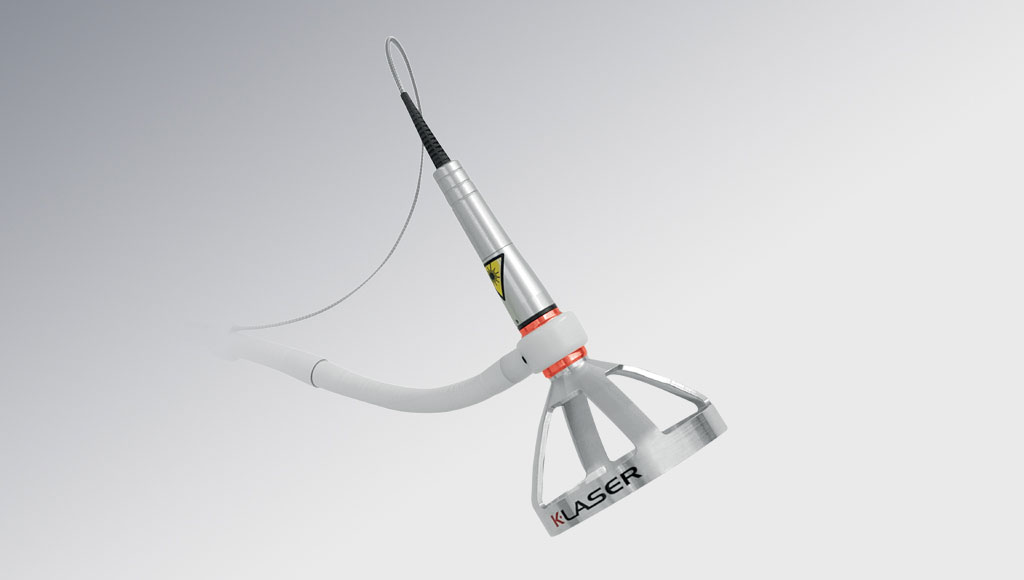K-Laser Cube Plus 30
Elevate your recovery with the Laser Rehab Revolution
Harnessing High-Power Laser (HPL) Technology for fast, painless, and non-invasive treatments, K-Laser Cube Plus 30 accelerates recovery without medication. Ideal for post-surgery rehabilitation, this high-powered device ensures efficient photon delivery, shorter treatment times, and maximum absorption, for swift healing and pain relief in soft tissues and joints.
Advantages
Portable & User-Friendly
Reinforced Optical Cable
Intuitive Graphical Interface
Heat-Resistant Handpiece
Smart Handpiece
Multi-Mode Handpiece
Treatments
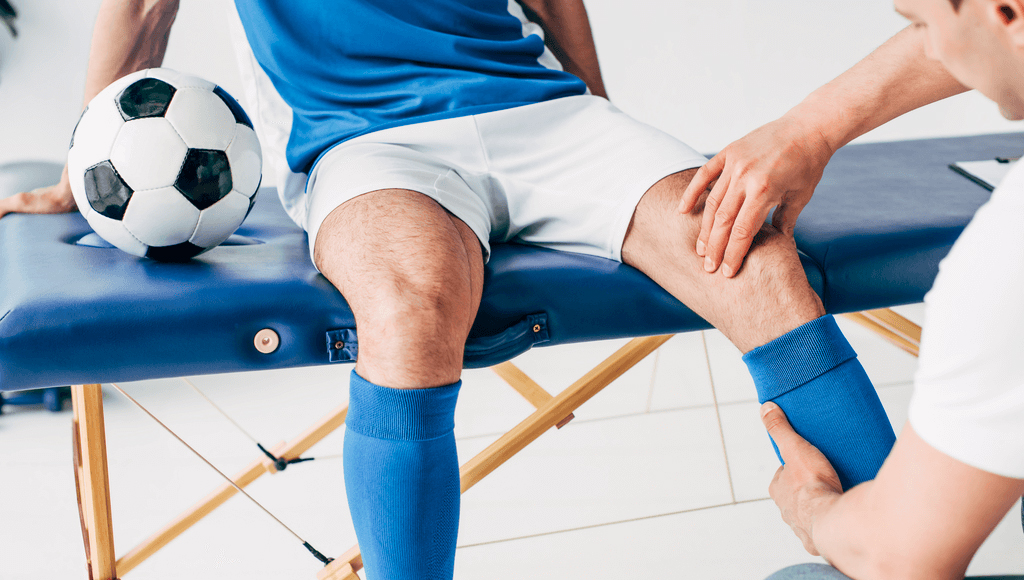
Sport Physio
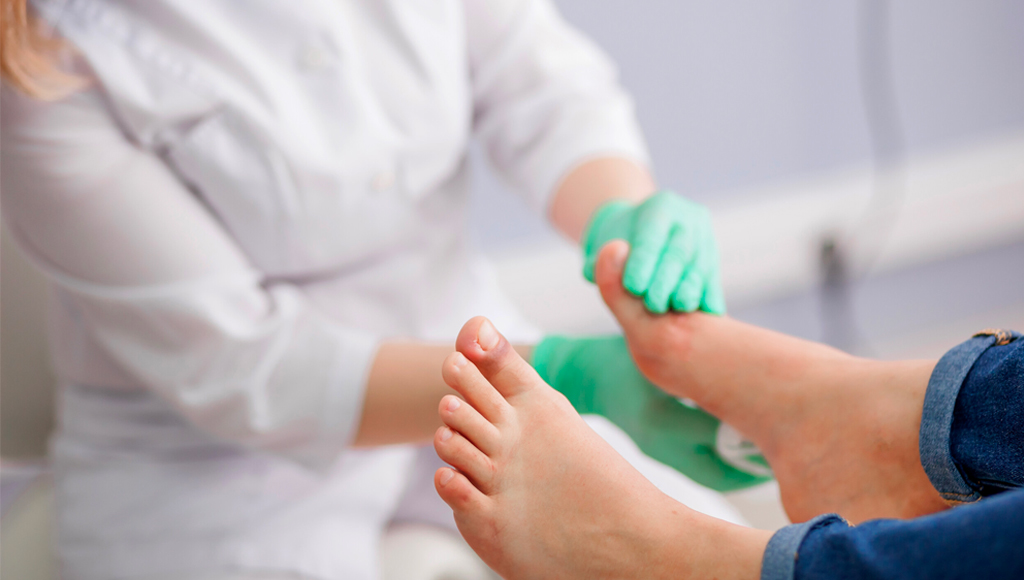
Podiatry
Results
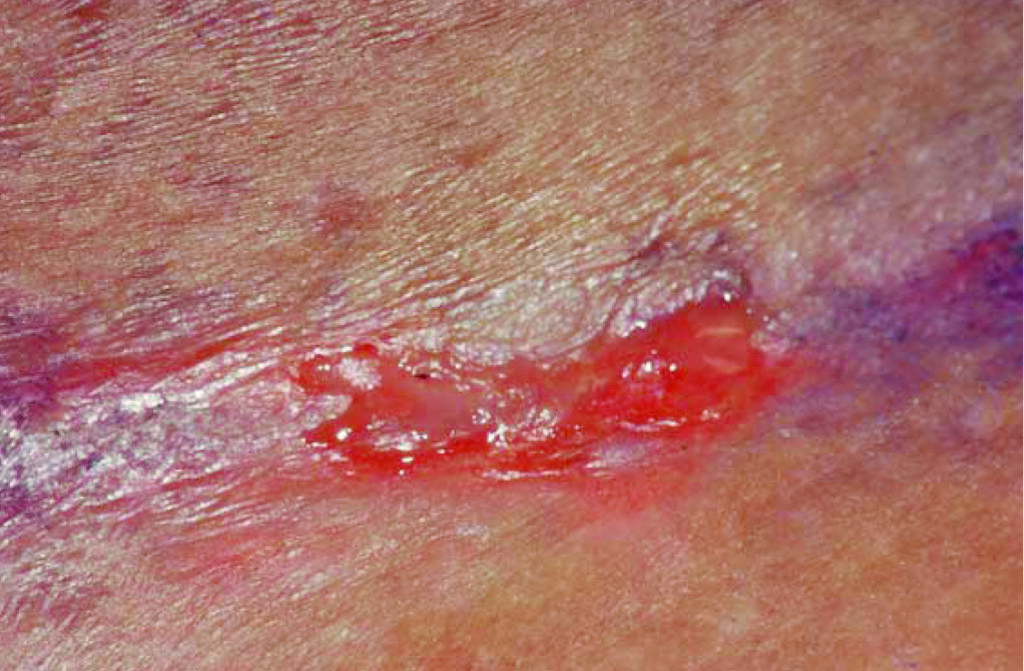

Improvement of Skin Wounds
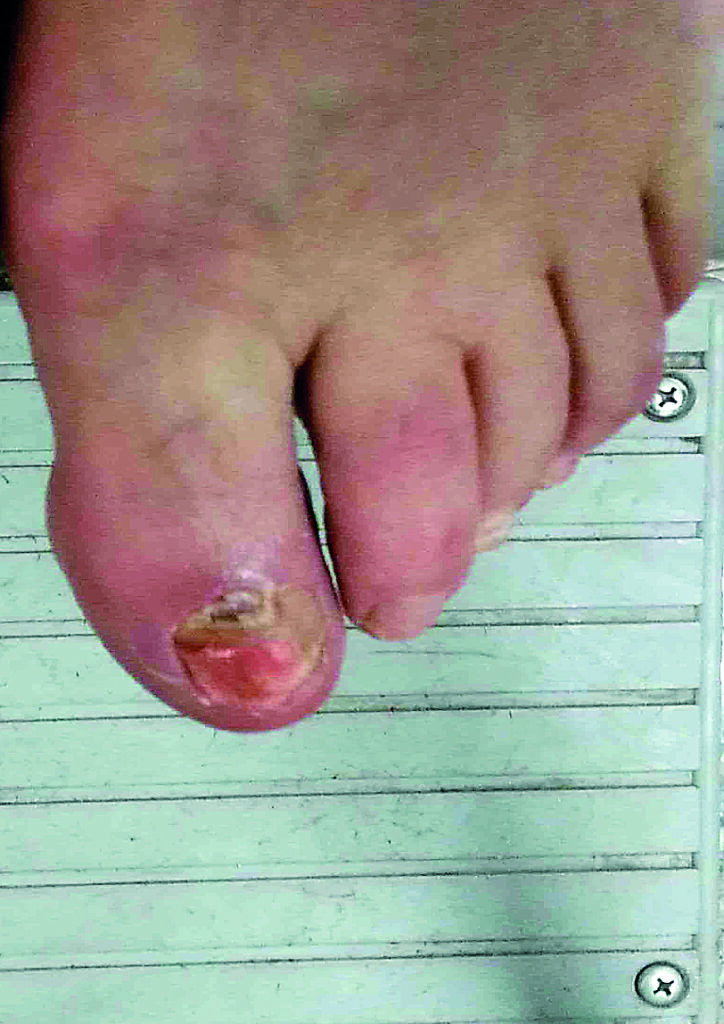
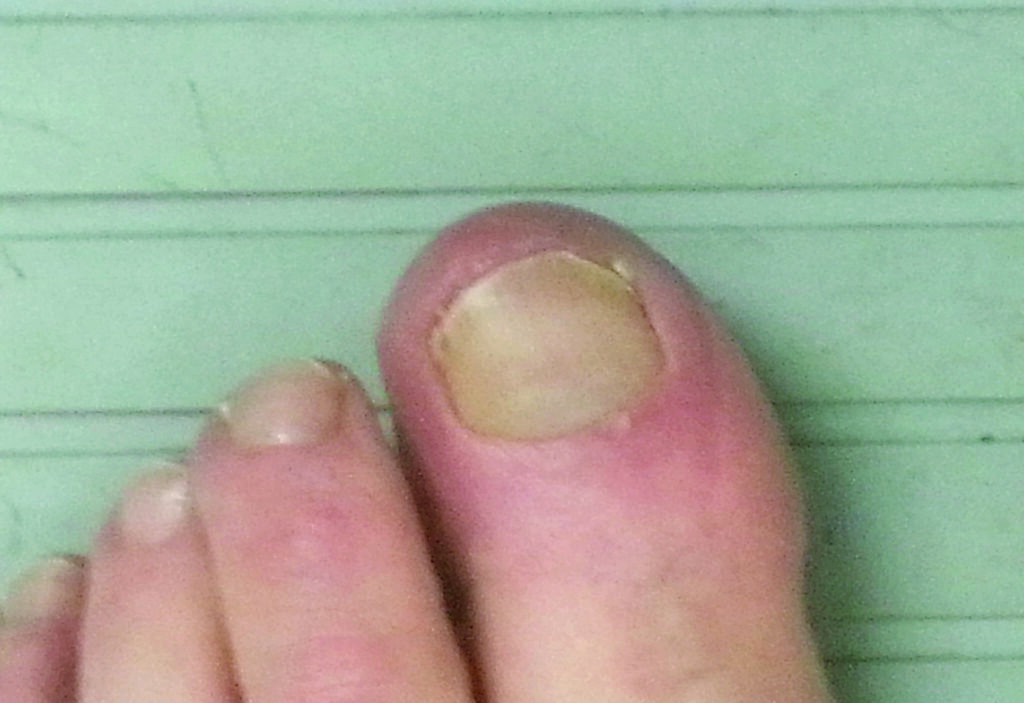
Nail Infection Treatment
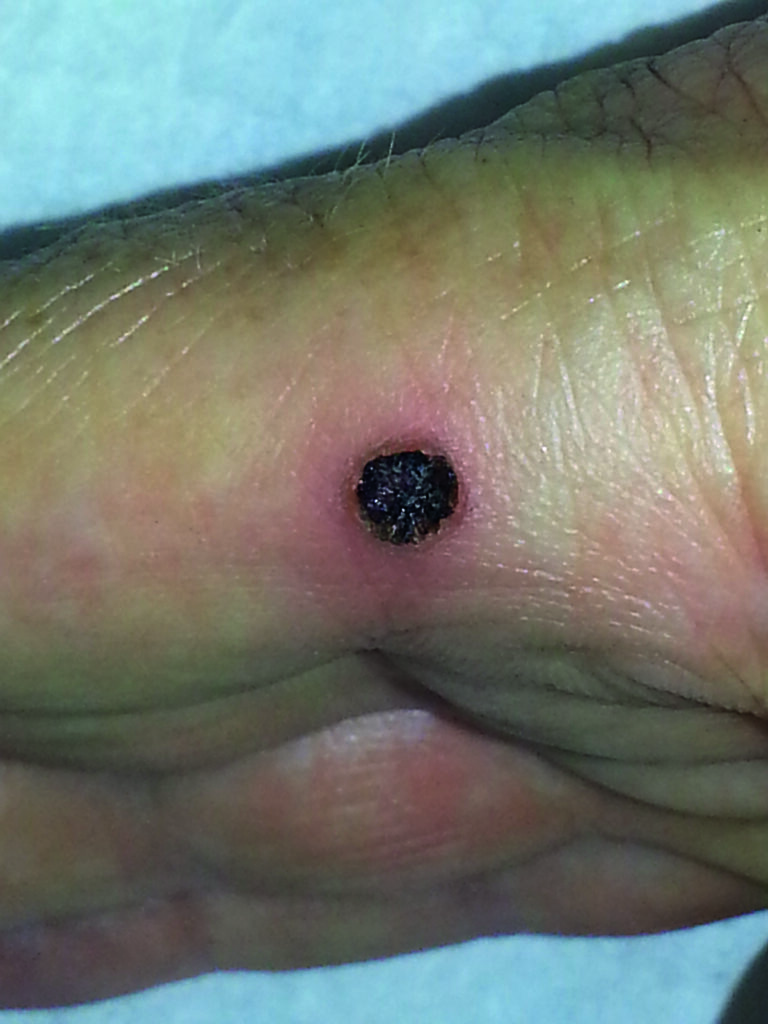
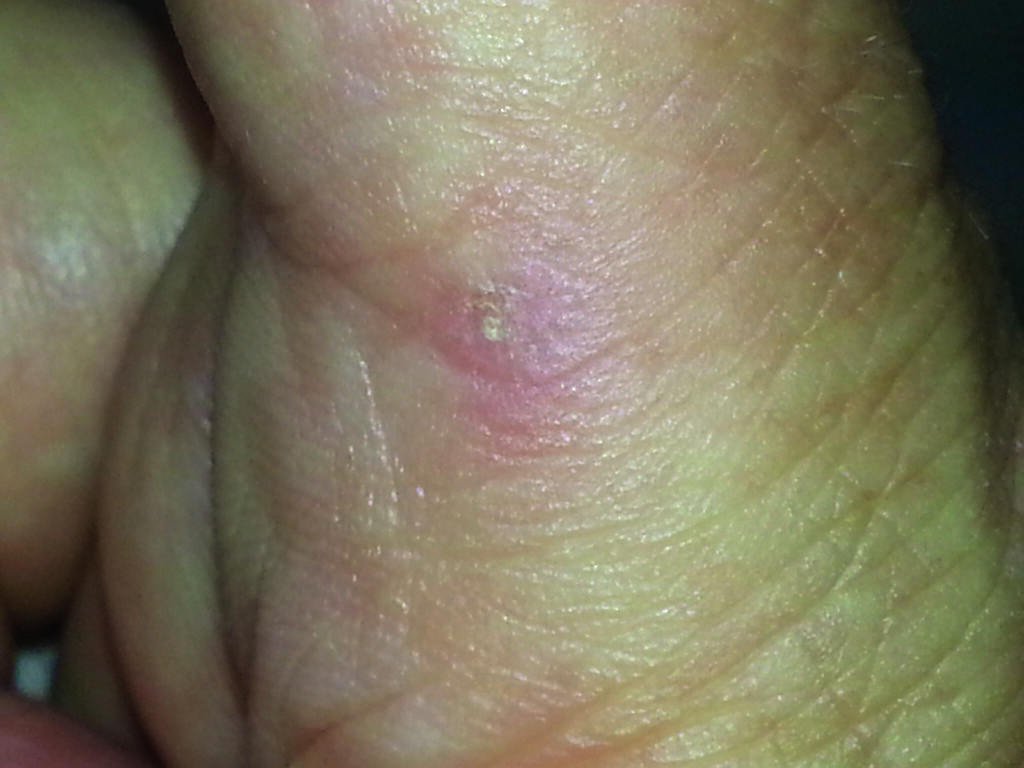
Warts Treatments
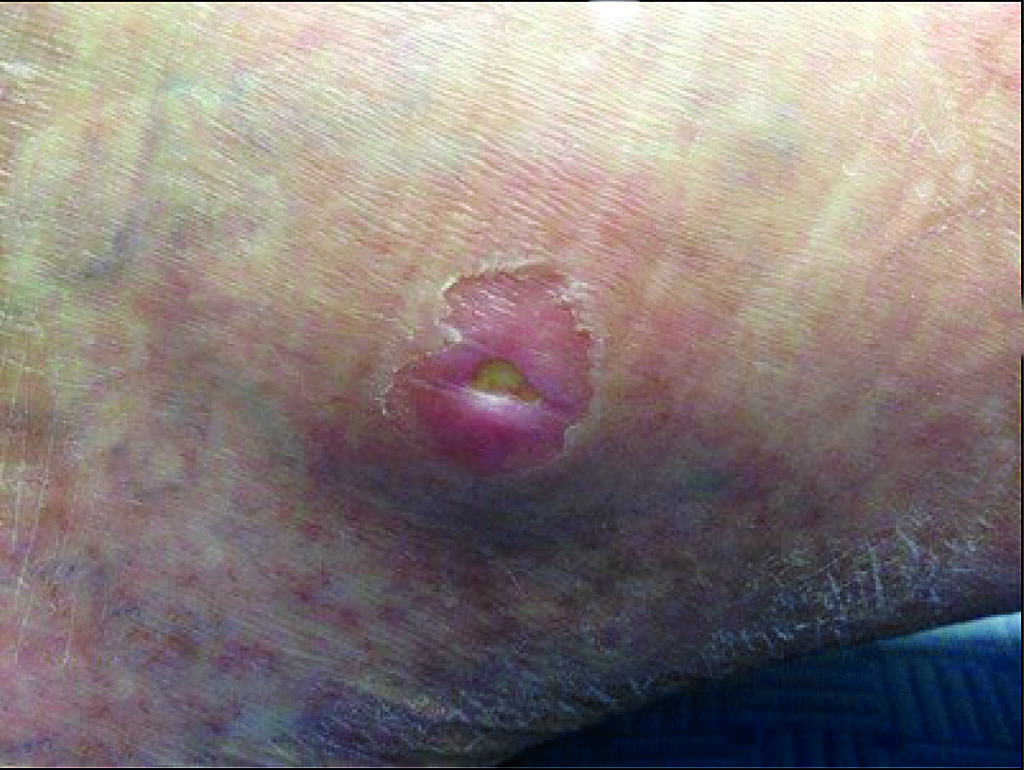
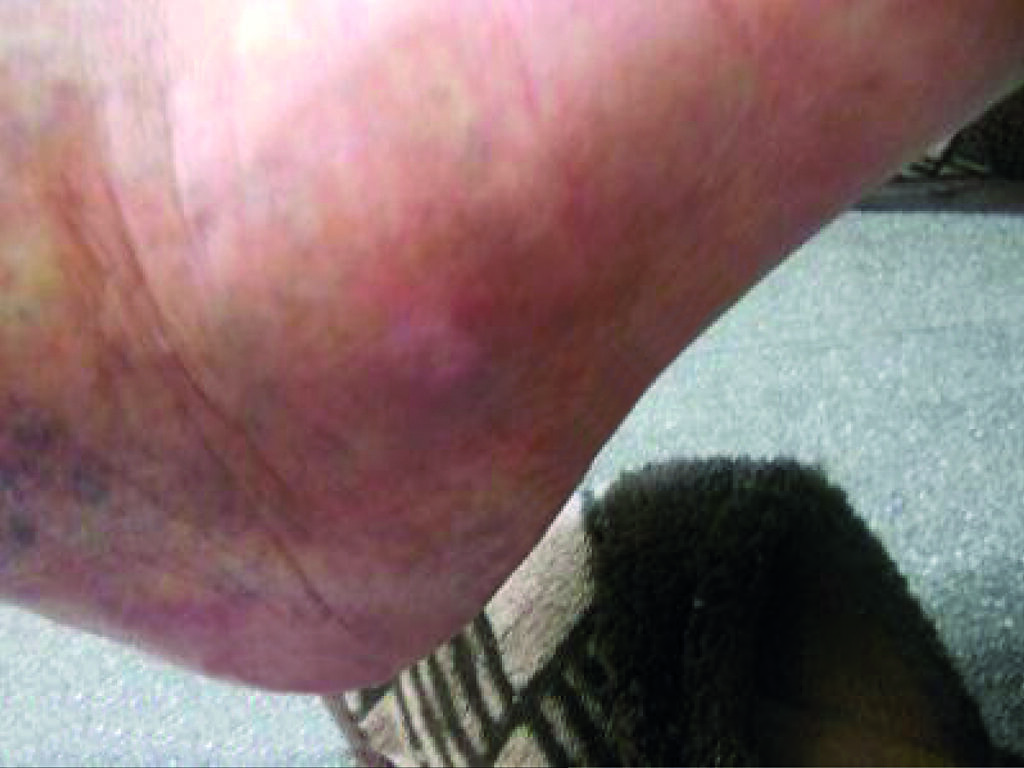
Malleolus venus ulcer treatment
Technology
The Cube Plus 30 High-Power Laser (HPL) represents a groundbreaking advancement in laser rehabilitation therapy. Utilizing its HPL Technology, this device offers rapid, pain-free, and non-invasive treatments that promote recovery without the need for medication. It is especially valuable for post-surgery rehabilitation and various therapeutic interventions.
The Cube Plus 30 operates within a high-power range, streamlining the delivery of photons, resulting in shorter treatment durations. This is achieved by harnessing multiple wavelengths simultaneously to maximize the absorption of energy by the targeted chromophores. The outcome is expedited healing and pain relief in soft tissues and joints, driven by photochemical and photothermal responses.
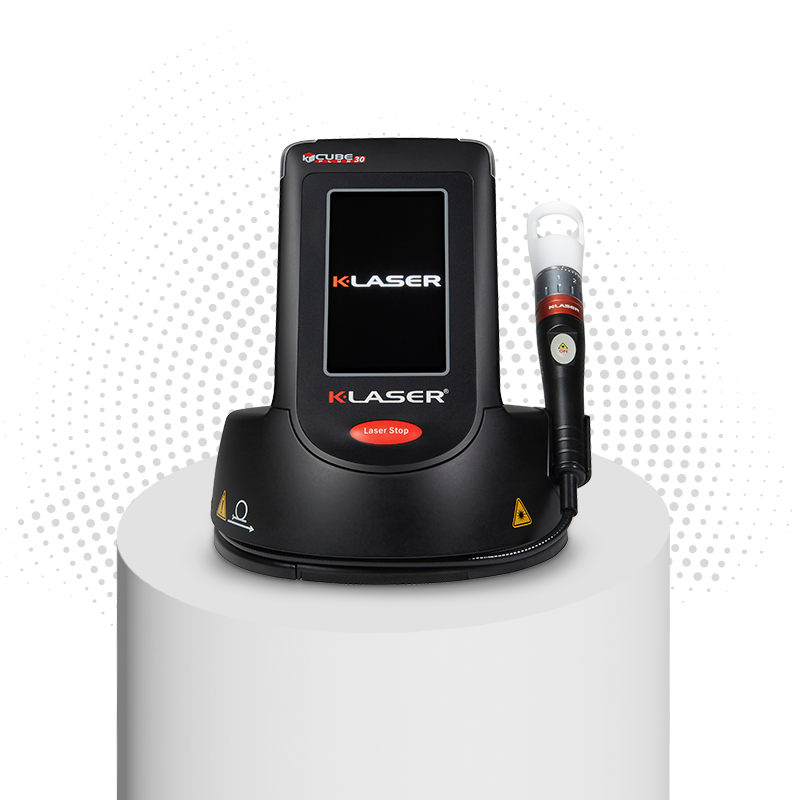
Accessories and Consumables
